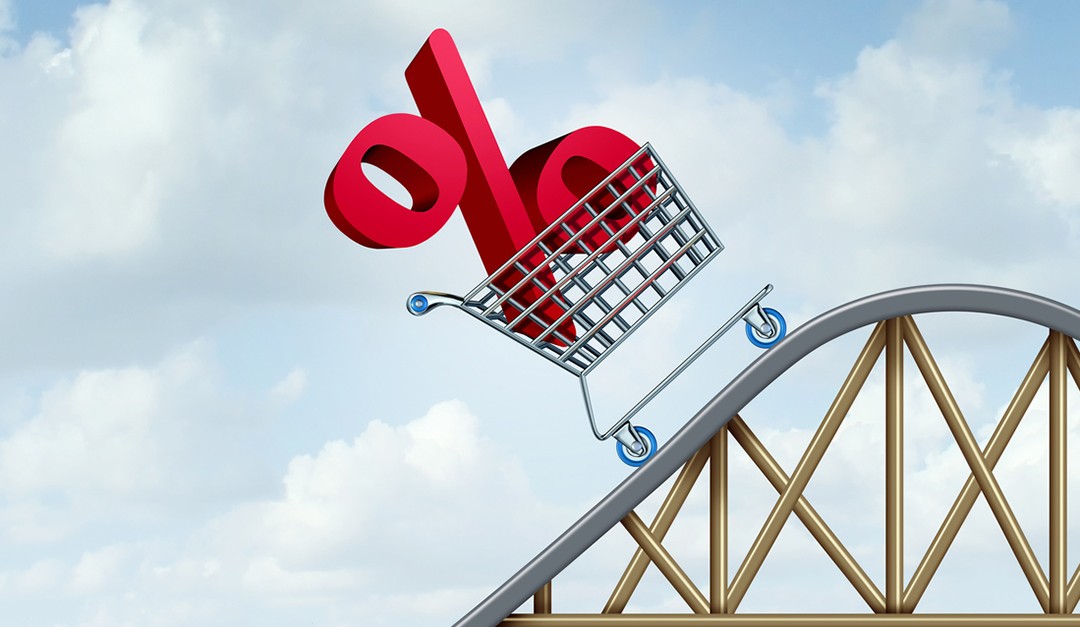(TNS)—Interest rates are going up. The Federal Reserve in June hiked rates for the second time in 2018, and there could be two more rate hikes before the end of the year, including one at this month’s Fed meeting.
Sure, the increases mean it will cost more to borrow—but you’ll benefit from getting better rates on high-yield certificates of deposit.
Healthier returns on CDs are only one gain from the Fed’s rate-raising campaign. Here’s how you can take advantage of other positive outcomes from Fed rate increases.
- Higher Returns for Savers
If you’re a saver, low interest rates have brought about the financial equivalent of a long drought. Any improvement, even modest, is welcome and overdue.
“Interest rates have been so low for so long that many people have fallen out of the habit of rate shopping,” says Robert Frick, corporate economist for Navy Federal Credit Union. “But now that rates are rising, they should get back into the habit and will be seeing bigger payouts from their accounts, especially certificates of deposit. This is especially important for people on fixed incomes.”
- Tamed Inflation
Most broad-based measures of prices indicate inflation has continued to remain under control in the U.S. in recent years. The central bank’s target for inflation is 2 percent, but inflation has yet to hit the bull’s eye on a sustained basis, as measured by personal consumption expenditures, or PCE.
If the Fed achieves its objectives in steering the economy, inflation should remain under control.
A positive inflation scenario after a rate increase might include “lower prices of imported consumer goods, due to a likely higher exchange value of the dollar if our domestic rate increases are not matched by policy tightening in other major economies,” says Daniil Manaenkov, U.S. forecasting specialist at the Research Seminar in Quantitative Economics at the University of Michigan.
- More Lending
A credit bubble rightfully received some of the blame for the financial crisis in 2007. In the aftermath, lending came to a complete stop.
Lending has resumed. “Banks may have a greater incentive to loan out reserves at higher interest rates, and thI increased flow of additional credit would boost economic growth,” says Sean Snaith, director of the Institute for Economic Competitiveness at the University of Central Florida.
- More Interest Income for Retirees
As a rate boost brings better returns to savings vehicles, senior citizens should enjoy better paydays by putting their money in CDs and savings accounts. “Higher interest rates on CDs and other financial instruments will particularly help older Americans trying to live on their retirement savings,” says Lynn Reaser, chief economist at Point Loma Nazarene University in San Diego.
As the population ages in coming years, many more Americans will come to appreciate even modest increases in interest income during retirement when they buy certificates of deposit.
- Stronger Dollar to Boost Purchasing Power
As the Fed continues to boost rates (and with the outlook for more rate hikes to come), the U.S. dollar gets more support. Ultimately, that means more purchasing power with the greenback compared with other currencies.
Predicting moves in the foreign exchange market is difficult, but Snaith and other economists say the dollar could strengthen further as the Fed boosts rates.
Fed tightening “is likely to mean a somewhat higher dollar, so people traveling to Europe will do well,” says Dean Baker, co-director of the Center for Economic and Policy Research in Washington.
- Stocks Will Trade on Fundamentals
As the Federal Reserve embarks on what officials have called “normalization” (that is, a backing away from record-low rates), stock prices may start to make more sense and not reflect the central bank’s easy monetary policy quite so much.
“A normalization of rates would return the focus to market fundamentals and off of focusing on the nuances of each Fed statement,” says David Nice, former senior economist at DS Economics in Chicago.
- Would-Be Homebuyers May Get off the Fence
As the Fed continues to raise rates, higher mortgage rates likely will follow. If the prospect of higher mortgage rates compels you to a home sooner than later, you won’t be alone.
“Higher mortgage rates could push buyers off the fence—increasing demand, increasing prices and increasing home equity so that more people can sell their homes,” says Joel Naroff, president of Naroff Economic Advisors in Holland, Pa.
©2018 Bankrate.com
Distributed by Tribune Content Agency, LLC
For the latest real estate news and trends, bookmark RISMedia.com.




